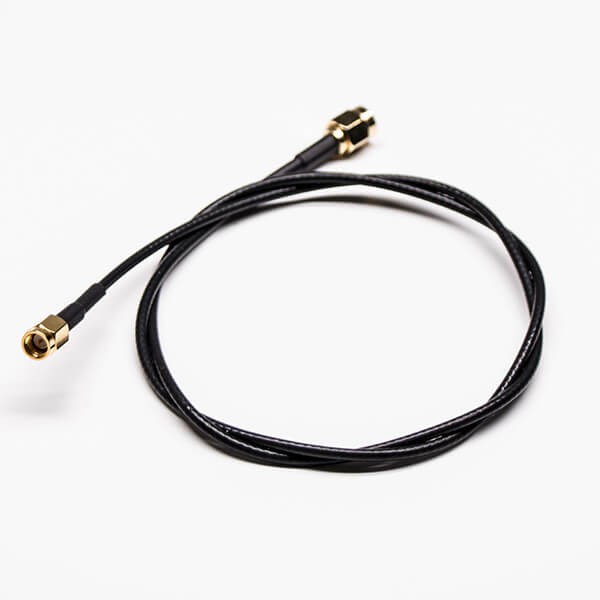The SMA connector is designed to have a constant impedance of 50 ohms on the connector. SMA connectors were originally designed and designated for work up to 18GHz, although some versions have a top frequency of 12.4GHz and some versions are designated as 24 or 26.5GHz. A higher upper frequency limit may require operation with higher return loss.
The actual specifications of a given connector depend to a large extent on the manufacturer and type-several different quality/performance levels are available. It is best to check the connector specifications carefully
Generally, SMA connectors have a higher reflection coefficient than other connectors up to 24 GHz. This is due to the difficulty of accurately fixing the dielectric support, but despite this difficulty, some manufacturers have managed to properly overcome this problem and are able to specify their connectors for operation at 26.5 GHz.
For flexible cables, the frequency limit is usually determined by the cable rather than the connector. This is because the cables accepted by SMA connectors are very small, and their loss is naturally much greater than the loss of the connector, especially at the frequencies at which they may be used.

SMA connector rated power
In some cases, the power rating of the SMA connector may be important. The key parameter that determines the average power handling capability of a coaxial connector is its ability to deliver high current and keep the heat up to a moderate temperature.
The heating effect is mainly caused by the contact resistance, which is a function of the contact surface area and the way the contact pads are together. One critical area is the center contact-these contacts must be formed correctly and fit together well. It should also be noted that the average power rating decreases with frequency because resistive losses increase with frequency.
The power handling data of SMA connectors varies greatly between manufacturers, but some figures indicate that some can handle 500 watts at 1GHz, which drops to slightly less than 200 watts at 10GHz, but this is much higher than many people are confident Pass them.
